In 2024, DJI introduced its first two power stations, the Power 500 and Power 1000, which proved highly successful, with demand still strong. Building on this, DJI has gone all-in on portable power. Today, I’m excited to showcase the DJI Power 2000. Instead of a standard review listing specs, I used the Power 2000 for an entire day, testing it in various scenarios to explore its capabilities. From brewing morning coffee to hosting an outdoor movie night, the Power 2000 was my constant companion.
Hi, everyone! Welcome back to the channel. For those joining for the first time, I’m Russ. Thanks for stopping by to learn about the DJI Power 2000. As portable power stations evolve from convenience devices to household essentials, choosing the right one for your needs can be challenging due to the many options available. In my view, the Power 2000 is ideal for those seeking a robust home backup system that’s also portable when needed. Though technically portable, its 48-pound weight and large size make it less suited for frequent carrying. It’s better suited for home, RV camping, or off-grid living rather than daily content creation or on-the-go power needs, where the Power 500 or 1000 would be more practical.
For frequent transport, DJI offers a hand truck cart, at least for the expansion battery, and I assume it’s compatible with the Power 2000—details should clarify upon release.
Design and Ports
Let’s take a quick look at the unit. It features three AC ports for standard power cords and a dedicated 30-amp port, which I’m thrilled about, as it allows direct RV connection (more on that later). There are four USB Type-C ports: two at 140 watts for high-power devices like a MacBook Pro and two at 65 watts. Additionally, there are four 24-watt USB Type-A ports, but their total output is shared, so multiple devices reduce individual power. The charging port is proprietary, accompanied by a fast-charge switch. There’s an unidentified port—likely for future accessories—that I’ll update in the description once clarified. Two proprietary SDC ports support solar or DC charging or can charge DJI drone batteries with optional cables. The power button is on the upper right, with the AC power button opposite. The straightforward front-panel design is a highlight.
Morning Test: Coffee and Charging
To kick off my day with the Power 2000, I brewed coffee and charged devices for later tasks. Using my Ninja brewed coffee maker (I avoid plastic-heavy Keurigs), I powered my RC Pro 2 for a DJI Mavic 4 Pro real estate job and charged Air 3S batteries via the 140-watt USB-C ports. I also used an SDC port to charge a DJI drone battery, testing its speed (nearly twice as fast as the 140-watt USB-C). Additionally, I charged a Ryobi battery for an orbital sander to smooth deck slivers. With all this, the Power 2000 drew 1,100 watts—well below its 3,000-watt continuous capacity. After 20 minutes, the battery was at 84%, so I moved on to the next test.
Power Tools Test
Originally planning to use a circular saw for pool deck modifications, I switched to a miter saw after my kids vetoed the plan. I needed to cut blocking for soft spots on the deck. The Power 2000 handled the miter saw’s 7,750-watt surge and 1,250-watt average draw effortlessly, losing only a few percentage points. I continued charging the Ryobi battery, which was nearly full at 20 watts. Next, I ran a shop vac to clean garage steps and a barn fan to combat heat. Together, they pulled 700 watts—surprisingly low—demonstrating the unit’s ability to handle household tasks off-grid.
Safety Features
The Power 2000’s safety features deserve attention. Its lithium iron phosphate (LFP) battery offers 10 years of daily use with 80% capacity retention. The battery management system includes nano-coated, flame-retardant components, 26 temperature sensors, and 21 fuses to prevent overcharging, overcurrent, and overheating. DJI claims it can withstand one ton of weight, showcasing its robust build. These redundancies make it one of the safest power stations available.
Charging Options
The Power 2000 charges from 0 to 100% in about 90 minutes via AC power, with standard charging at 1,200 watts and fast charging up to 1,800 watts (though mine initially capped at 1,400 watts until I enabled 1,800-watt fast charging via the DJI Home app). Solar charging supports up to 800 watts, though my third-party 400-watt panel didn’t work—DJI’s 100-watt Zignes panels performed well but require multiple units for significant charging. A super-fast car charger takes just over two hours, and combining it with 800-watt solar can charge in 75 minutes under ideal conditions. The unit is expandable, supporting up to 10 add-on batteries for 22,528 watt-hours.
Stress Test
To push the Power 2000, I ran two 1,300-watt space heaters and the shop vac, totaling 3,300 watts. It handled this briefly before tripping the AC breaker, which resets easily. This confirmed its 3,000-watt limit, sufficient for most household needs except high-draw appliances like ovens or large dryers.
UPS Functionality
The Power 2000’s 10-millisecond UPS switchover is fast enough for NAS systems, ensuring data safety during power outages. Lacking an NAS, I tested it with a treadmill running at 250–300 watts. Unplugging the wall power caused no interruption, proving its reliability for critical appliances like freezers, preventing costly food spoilage.
RV Camping
The 30-amp port is a game-changer for RV camping. Using an adapter for my 50-amp RV, I ran the refrigerator (400 watts), a 1,300-watt microwave, LED lights, heated recliners (20 watts), and even the air conditioner (1,200 watts). At 1,700 watts total, it could run the AC for about 45 minutes at full charge, extendable with solar input. This makes the Power 2000 a permanent fixture in my RV’s garage.
Movie Night
For an outdoor movie night, I powered a projector and Fire Stick for a 90-minute film. At midnight, the battery was at 39% after a full day’s use, showcasing impressive endurance.
Noise and Efficiency
The Power 2000’s maximum noise level is 29 dB, making it exceptionally quiet even at full charging capacity. For efficiency, I ran two space heaters at 2,100 watts for 50 minutes and 25 seconds, estimating an 84% efficiency rate (1,720 watt-hours). More precise data is available from reviewers like Silver Symbol, linked in the description.
Areas for Improvement
A few tweaks could enhance the Power 2000. The proprietary SDC adapter for solar charging and unique power cord are inconvenient—I’d prefer standard XT60/XT60i connectors. Adding a pop-out handle and small wheels would improve transport for its 48-pound bulk.
Conclusion
The DJI Power 2000 is big, quiet, expandable, and among the safest power stations available. Check the description for more details or to purchase. Thanks to DJI for sponsoring this video. If you found this helpful, give it a thumbs-up, subscribe for more, and have a great day!
Discover more from DroneXL.co
Subscribe to get the latest posts sent to your email.


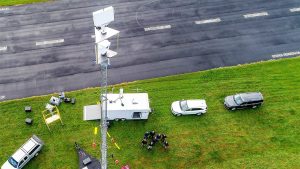


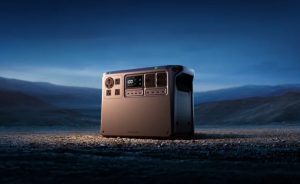
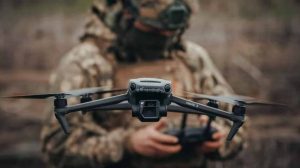

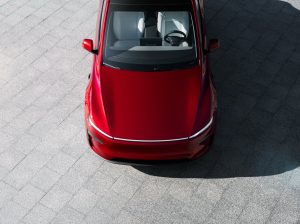
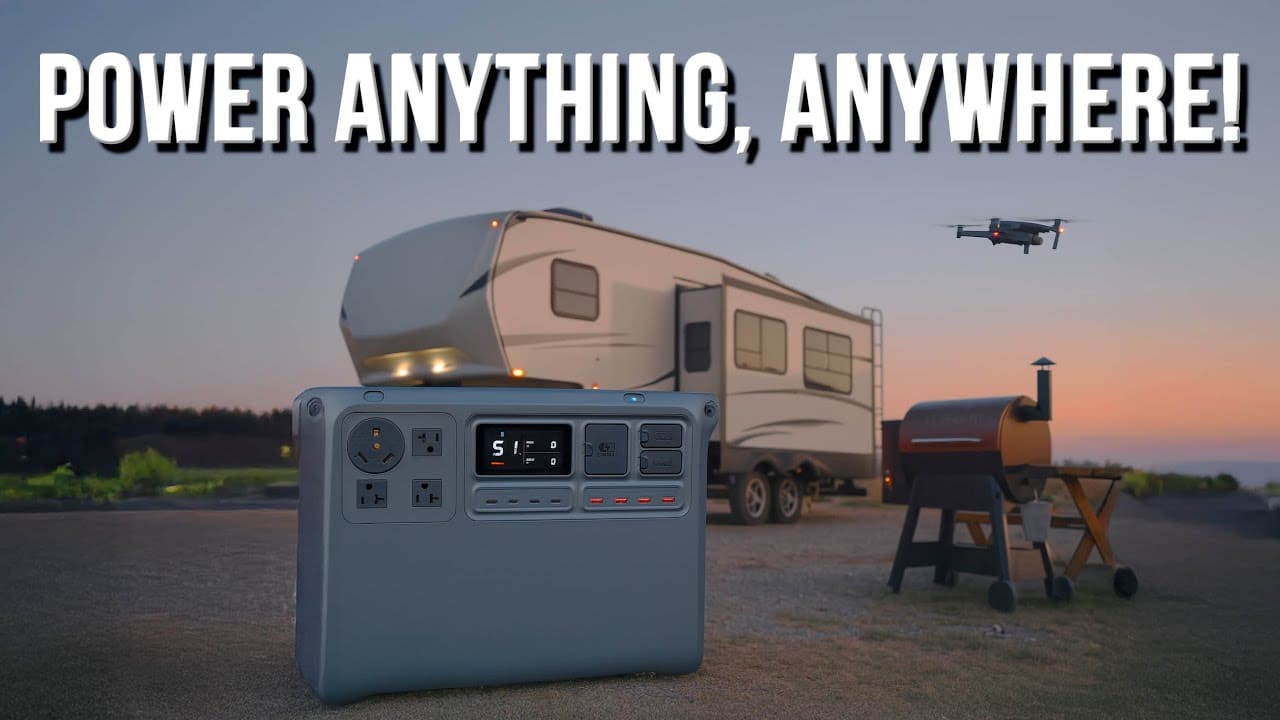

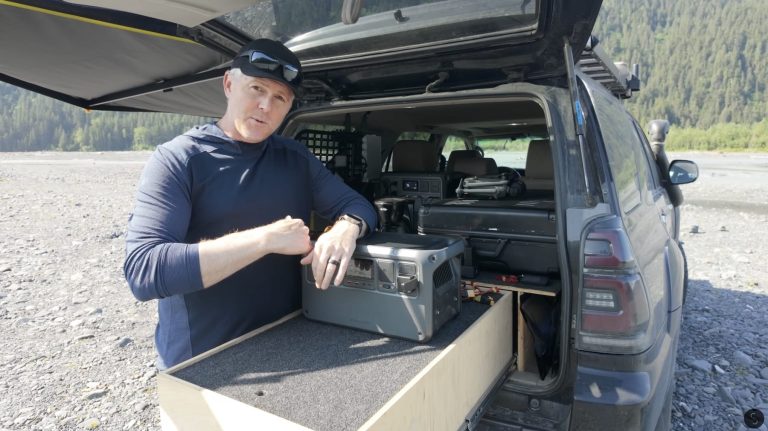
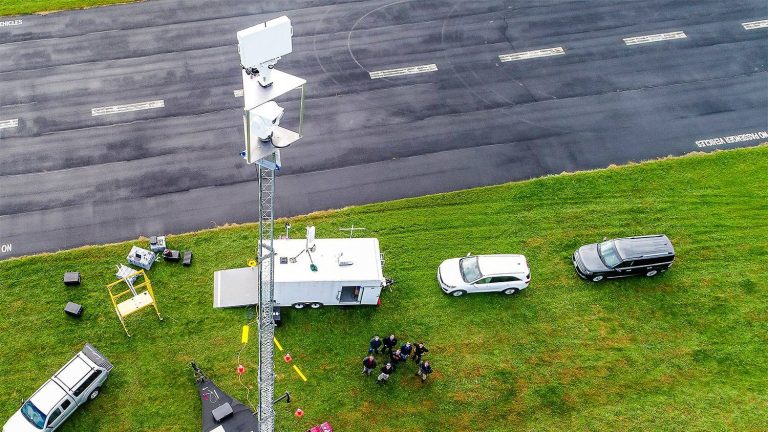

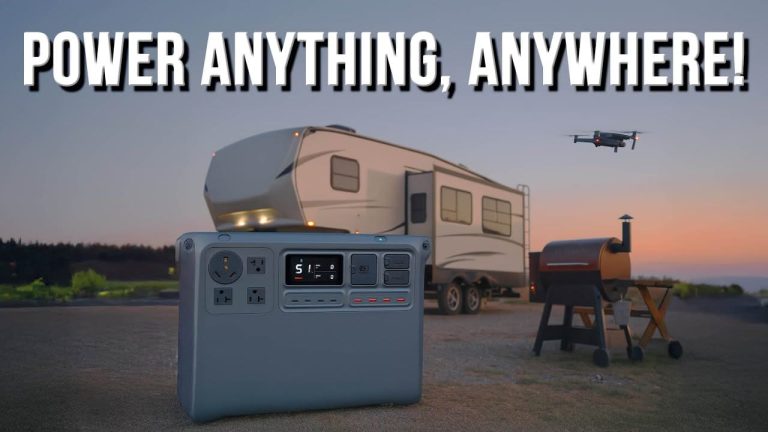


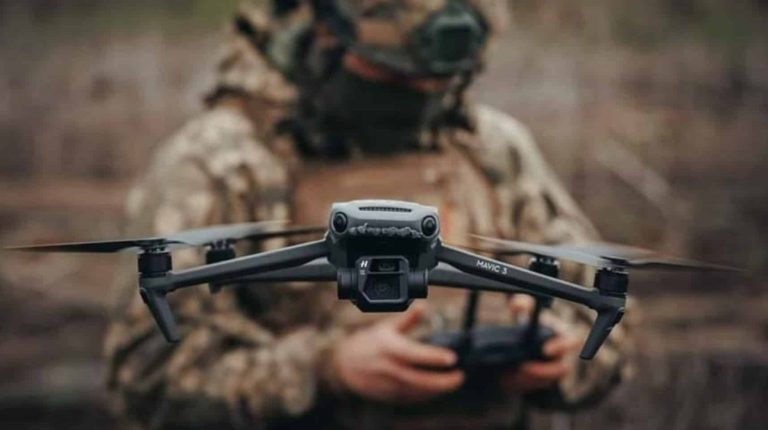

+ There are no comments
Add yours